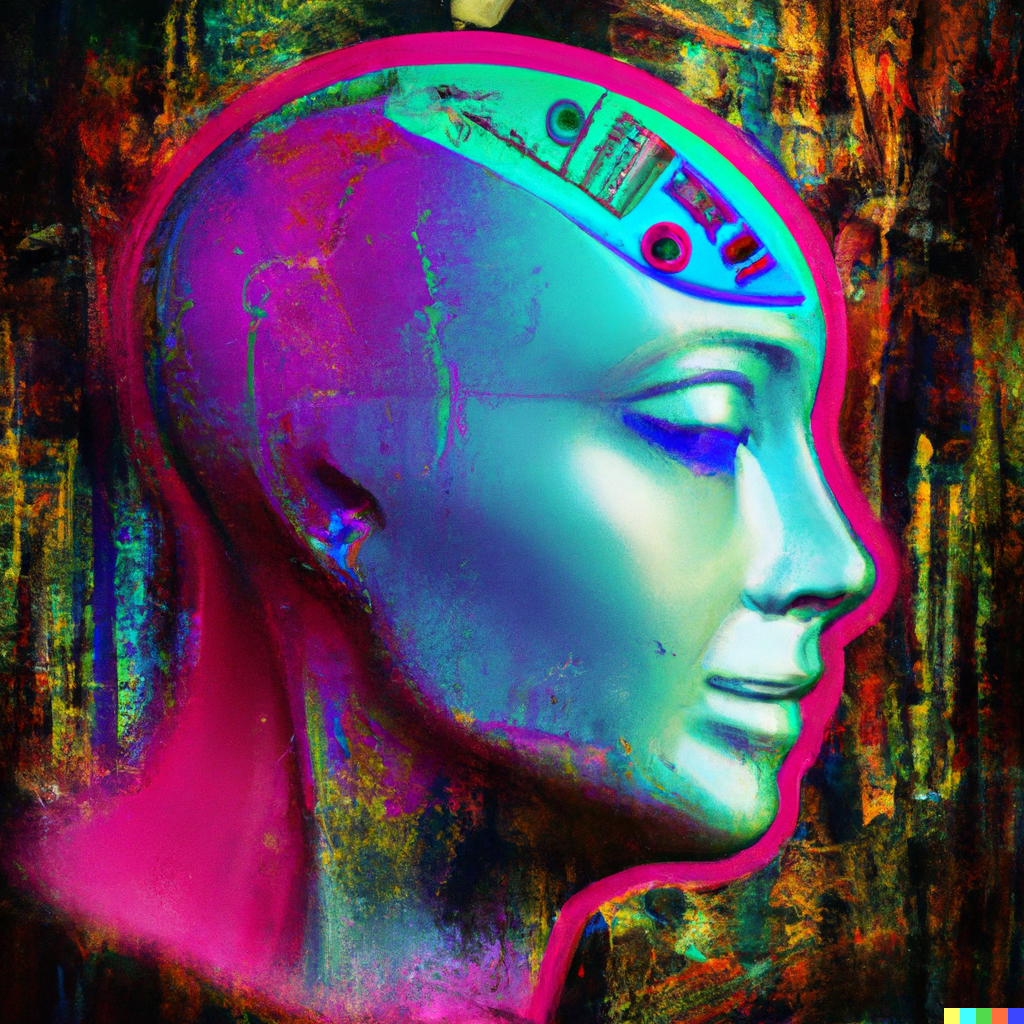Sorry, but the answer might be yes.
Wait, don’t leave! This is a four-part series on how we can use artificial intelligence to our advantage!
This is Part 1, on Human Intelligence vs. Artificial Intelligence.
Part 2, on Artificial Intelligence, Machine Learning and Generative AI, is here.
Part 3, Is Artificial Intelligence Smarter Than I Am? is here.
Part 4, How Can I Master Artificial Intelligence? is here!
Part 1: Human Intelligence vs. Artificial Intelligence
To understand AI’s intelligence, let’s start with human intelligence.
We built artificial intelligence in our image, after all, and (to ridiculously oversimplify both neuroscience and computer science) there are some notable parallels between human intelligence and artificial intelligence. Here are two of them.
First, humans learn from experience, particularly repeated experience.


As a baby, we learn to recognize a dog by encountering a lot of dogs. This happens in pictures, in videos, and in actual life. We even have a caregiver who helpfully says “dog!” when we see one and start babbling and pointing at it. As this happens repeatedly, we start to understand what a “dog” is.
Second, that understanding happens because the human brain uses pattern matching to build understanding.
When we see our first dog, we have no concept of what it is. But over time, as we encounter many dogs, we begin to understand that the thing with fur, ears, legs, and a floppy tongue is some sort of dog. Once we understand the dog pattern, we learn to broaden our understanding of “dog” to include different-looking dogs and exclude similar animals that aren’t dogs. We can even learn to draw a dog based on the pattern. That pattern we’ve created and continue to refine is our mental model of a dog.
So: humans learn from experience, and humans learn patterns that help them understand those experiences.
Artificial intelligence does the same thing!
(OK, again this is a vast oversimplification. There are millions of years of evolution behind the human brain, which, containing somewhere on the order of 100 billion neurons and 100 trillion synaptic connections, is the most complex computing system the world has ever known1. And there are over a hundred years of thought and work leading to today’s AI systems2, which are rapidly improving and currently contain no organic matter. The two are quite different in reality, but there are some notable parallels.)



Tune in for part 2 next week when we’ll learn how a machine learns. (Hint: it’s a lot like how a human learns!)
Want to know how I can help you or your team learn? Go here!
Need more great AI thoughts right away? Our friends at BrandSwan are thinking about “How AI Tools Are Weeding Out Mediocrity”
Footnotes


Leave a Reply